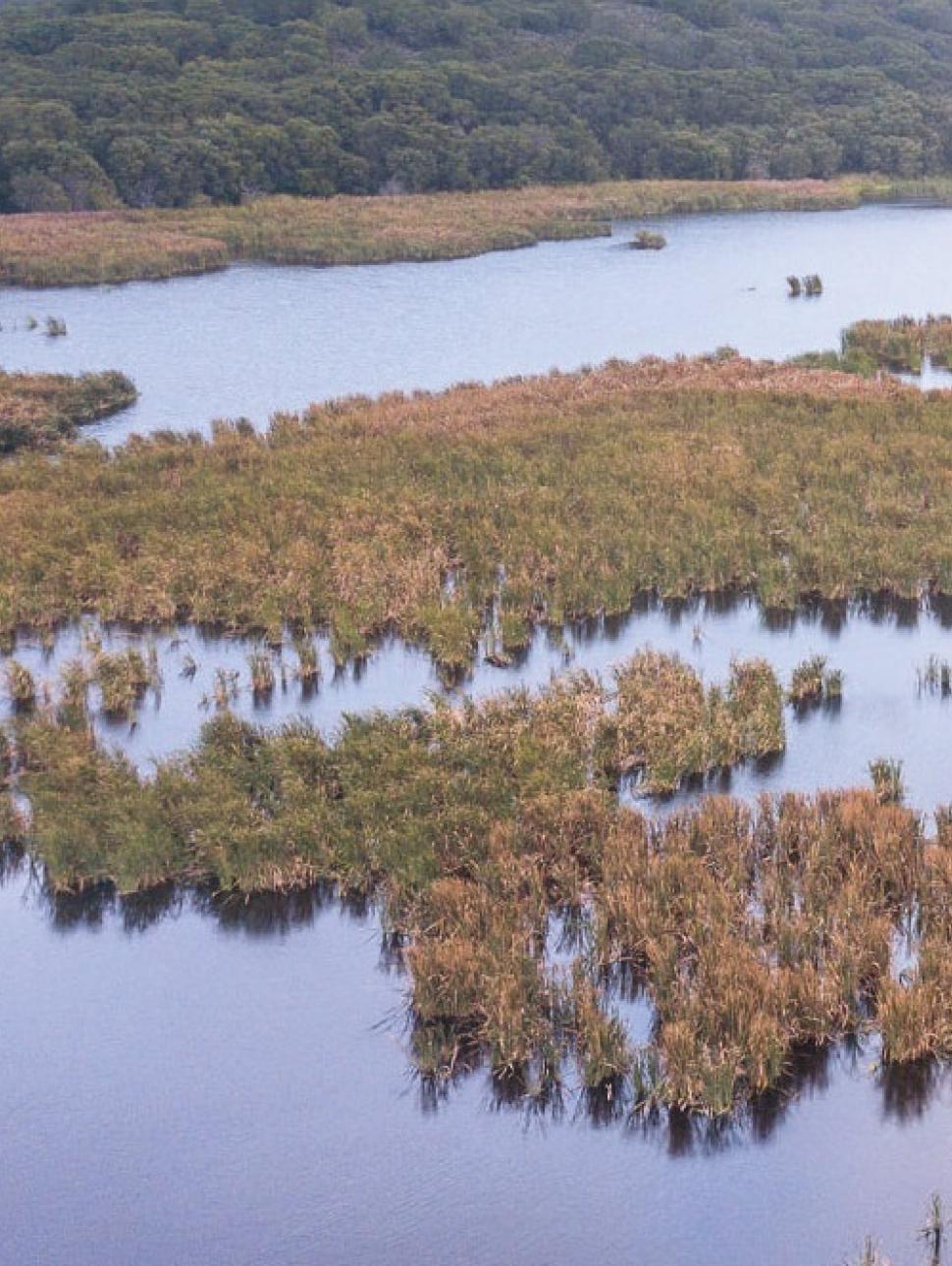
Tuesday Curatorial: A case study of the Wilson Inlet Catchment Committee
Dates
Tuesday 11 March | 10.30am - 11.30am
Free | Gold coin donations are welcome
Location
Co-op Building
Site access information
The Museum of the Great Southern is mostly accessible, excluding Brig Amity Replica. Call (08) 9841 4844 for assistance. More about accessibility and amenities >
What does a catchment group actually do? Part two!
Following last year's discussion, we're delving even deeper into the work of catchment groups and their vital role in the community.
Catchment groups are essential in managing water resources, particularly in Western Australia's farming regions. Working at the grassroots level, they help protect waterways, improve soil health, and support local ecosystems—directly impacting agricultural productivity and environmental conservation.
The Wilson Inlet Catchment Committee (WICC) is one of the most proactive in the state, bringing together farmers, researchers and the wider community in innovative ways.
Join WICC Executive Officer Shaun Ossinger and friends as they explore protected wetlands, endangered species, and even the surprising role dung beetles play in supporting farming communities around Wilson Inlet.
Presented by Shaun Ossinger, Executive Officer of Wilson Inlet Catchment Committee and Friends.